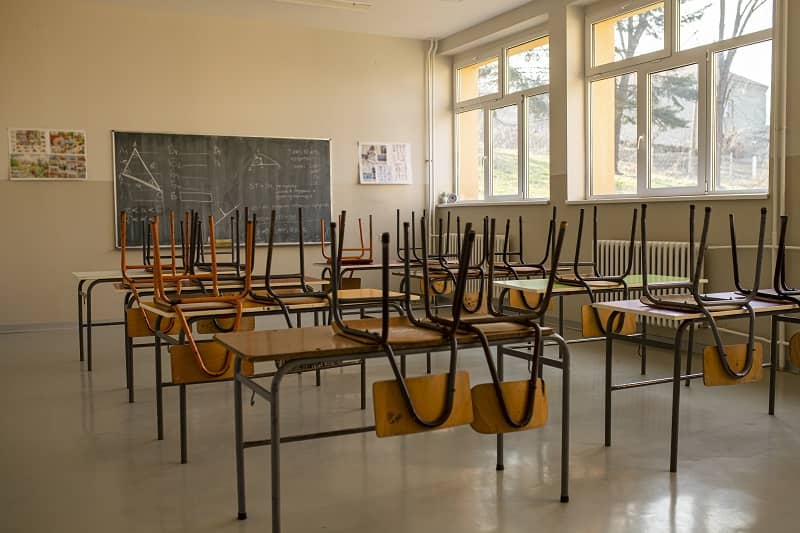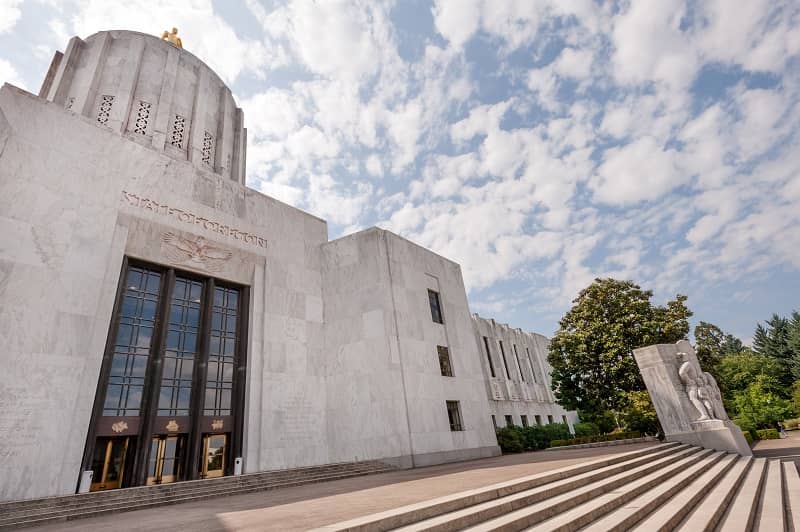Forced Participation: Public Education’s Fatal Flaw
by Steve Buckstein
The high school redesign exercise in Portland serves as a reminder of why top-down solutions are often doomed to fail. How could anyone except those at the top propose closing a popular and successful school like Benson Polytechnic? And how could anyone force families back inside the stifling brick walls of an unpopular and unsuccessful high school like Jefferson?
Fortunately, two individuals have recently come forward with surprisingly out-of-the-box statements that could open the door to some truly constructive solutions, at least for the students.
The Oregonian’s David Sarasohn penned a column earlier this month that cut through the obfuscation and identified the key element of the redesign plan: force. He rightly explained that those in charge of the Portland school system are attempting to fix the problems of a school like Jefferson simply by forcing those who live near it to send their kids into this perennially failing school. The plan would allow few transfers for desperate parents seeking a better education for their children.
Sarasohn then states what he apparently sees as powerful truth:
“This is, after all, America, and you can’t force families to send their children to any school.”
Of course, parents with means can’t be forced, because they can afford private education or they can pick up and move close to a better public school. But you can force kids without means into the failing brick buildings near their homes. You shouldn’t, but you can.
Sarasohn’s insights followed on the heels of a revelation from the superintendent of the state’s second-largest public school district, Salem-Keizer. Sandy Husk was testifying on May 26 before the Senate Interim Committee on Education and General Government in Salem. She favored a possible law that would allow school districts to opt out of their local Education Service District (ESD) and provide ESD-related services to their students in other ways. The money previously allocated to the ESD would pass through directly to the district.
Dr. Husk told the senators that her district could be trusted with funding that is currently being kept by the ESD. She told them that “one size does not fit all,” and that while the current ESD model may work for smaller districts, it does not work well for hers. She said that local communities should have more say in how their tax dollars are being spent.
Then, just as Sarasohn recognized that the key element of the Portland redesign plan is force, Dr. Husk said the current ESD system is based on “forced participation.” She used this analogy to make her point:
“Imagine walking into a grocery store where you would prefer not to shop because they don’t really sell what you want. But when you enter the store you find that your food budget has already been given directly to the store. So you put certain things in your cart, whether you want them or not. You don’t find out what they’re going to cost until you’re almost at the checkout line or all the way through. When you go through the checkout line they keep 10% of the food budget right off of the top. And the rest of the food budget comes to you in change provided that you can prove that you’re going to spend it wisely.
“Forced participation in the ESD puts the onus on the school district to prove that they can provide services. We believe that the onus should be on the ESD to prove that they provide good services at reasonable costs….
“Rather than forced participation, I believe we should be able to opt in or out….”
She clearly wants choice of service providers for her district, but what about choice of education providers for the kids?
Even ardent public school supporters are coming to realize that forcing families to attend certain schools, or forcing schools to buy services they don’t want from other educational bureaucracies, is the wrong approach. Instead of continuing to study more top-down planning solutions, districts should consider something radically different, like the idea promoted in 1996 by then Portland school superintendent Jack Bierwirth. He suggested turning every district school into a charter school. Charters are still public schools, but they offer real choices to those who often have few or none.
Rather than taking choices away, as Portland is contemplating right now, more choices will incentivize parents to stay within the system. Otherwise, we shouldn’t be surprised when more of them begin to leave or to send their kids to private schools.
As more public school supporters realize that force is wrong, we have the opportunity to improve education from the bottom up, rather than from the top down. The choice is ours.
Steve Buckstein is founder and Senior Policy Analyst at Cascade Policy Institute, Oregon’s free market public policy research organization.











